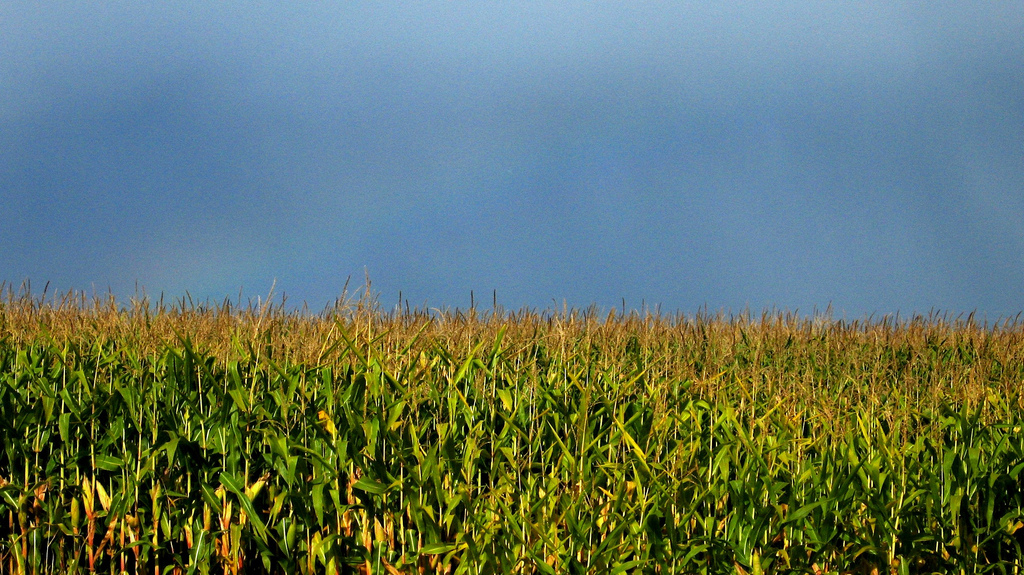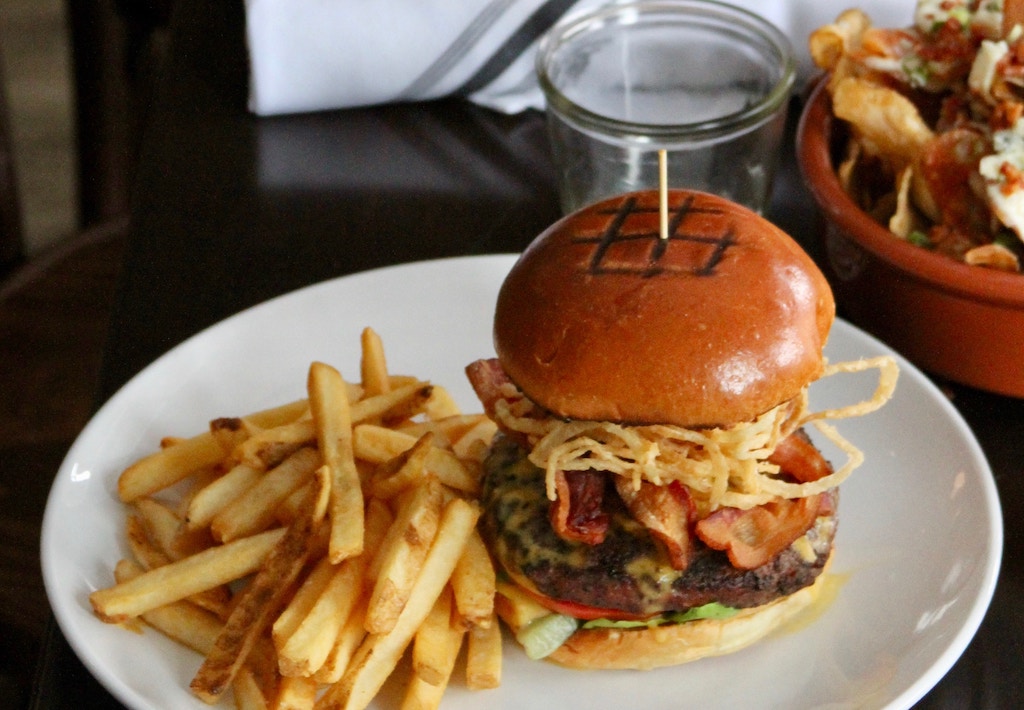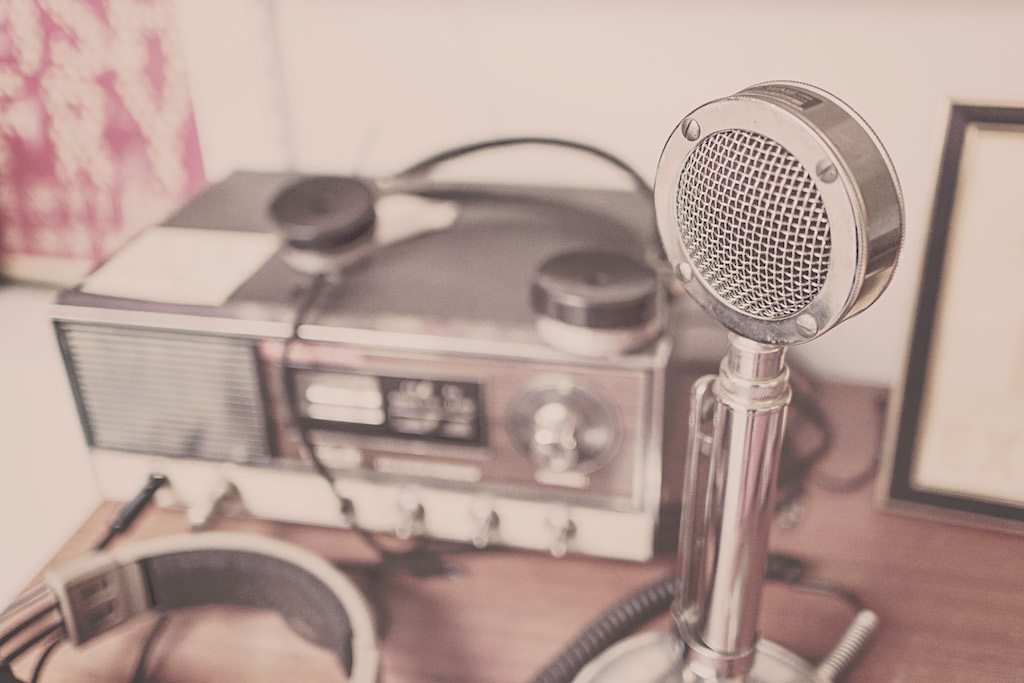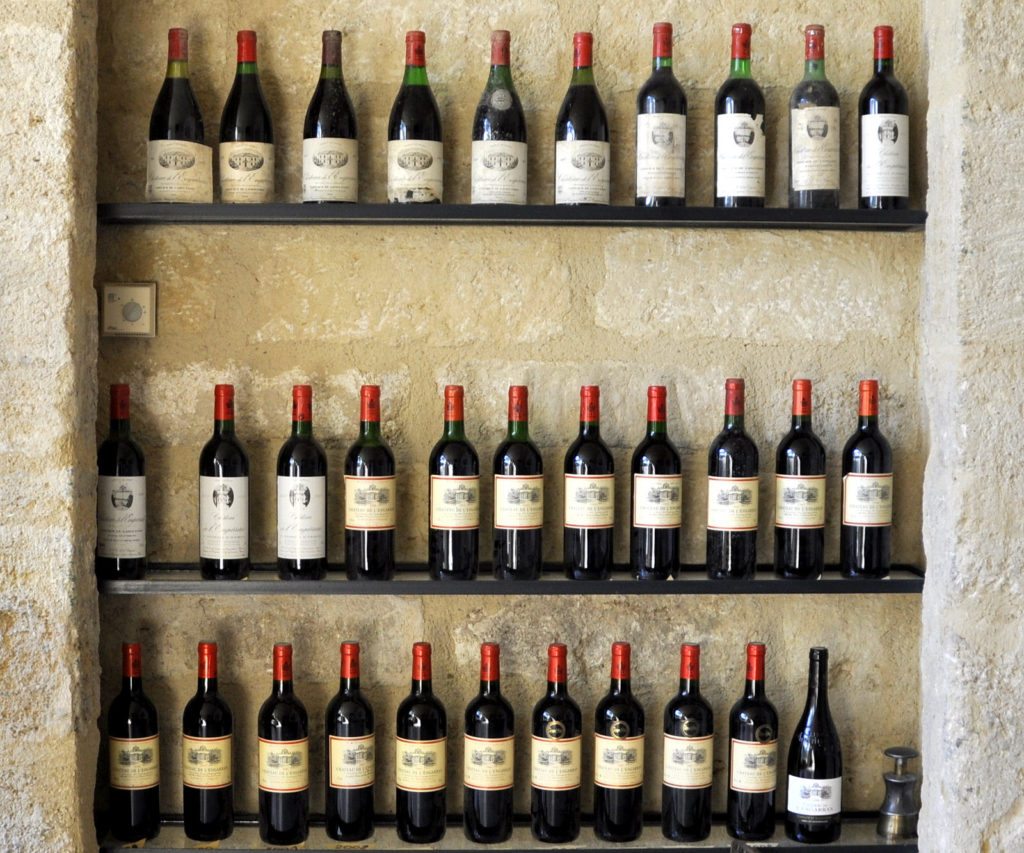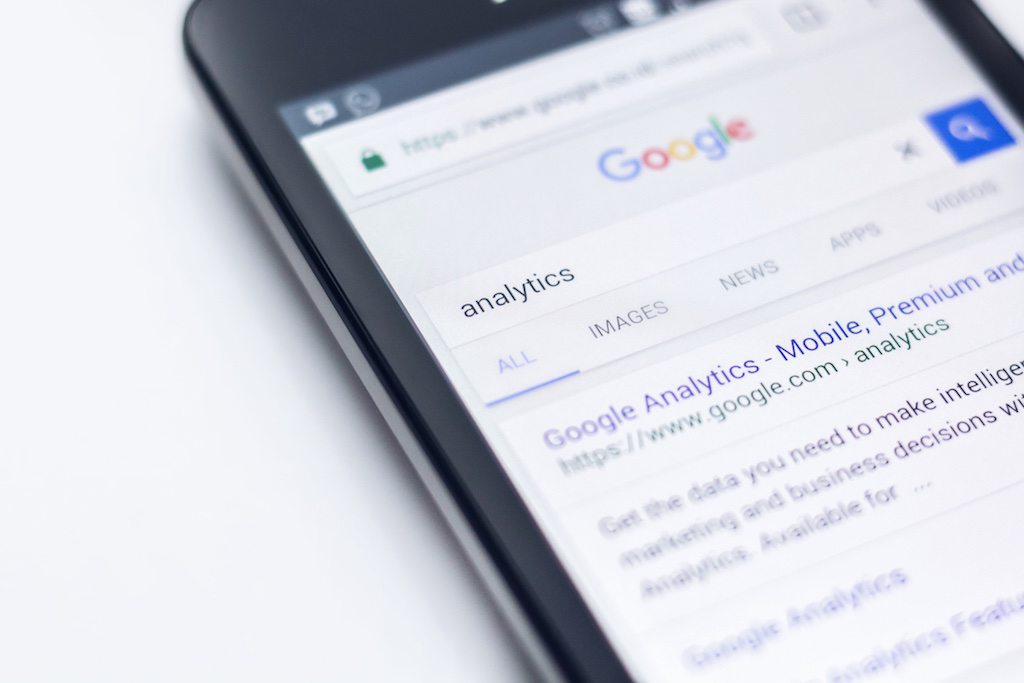
Digital Vision / Shutterstock
You put your new product out on the market, and a bunch of people buy it. That’s good news, right?
Oh, come on. Nothing is ever that simple. Not even apparent success.
Today’s lesson on the contrariness of customer data comes to us courtesy of Eric Anderson, Song Lin, Duncan Simester, and Catherine Tucker, a quartet of management professors who this fall published a mind-warping article entitled “Harbingers of Failure” in the Journal of Marketing Research. (You can access the journal here. If you’re budget-minded, you can download a free earlier version from the Social Science Research Network.) Their conclusion: There’s a group of consumers who consistently gravitate toward products that fail. If they like what you’re selling, there’s a very good chance that your product will fail too.
 The research involved looking at 10 million transaction records for 111 convenience stores across the country, where the customers used loyalty cards that linked the items purchased to their identity. The researchers focused on roughly 9,000 new products introduced over a two-year period. A product that lasted on shelves for three years or more was considered a success. Everything else was a failure.
The research involved looking at 10 million transaction records for 111 convenience stores across the country, where the customers used loyalty cards that linked the items purchased to their identity. The researchers focused on roughly 9,000 new products introduced over a two-year period. A product that lasted on shelves for three years or more was considered a success. Everything else was a failure.
The customers, meanwhile, were classified on a scale of 1 to 4 by their “FlopAffinity.” If less than 25 percent of the new products they bought flopped, they were a 1. If more than two-thirds of the products they bought flopped, they were a 4—and roughly a fifth of the consumers in the survey were 4s.
On average, 38 percent of products succeeded. But their research revealed that if half of the customers who purchased the product were 1s, with the rest evenly divided among 2s, 3s, and 4s, the chances of success rose to 72 percent. If, on the other hand, half were 4s, the chance of success fell to less than 1 percent.
After only five weeks on the market, it was possible to predict the success or failure of a product based on the number of high-FlopAffinity customers buying it. That’s particularly powerful because most new products, even the future failures, tend to sell well in the first quarter they’re on the shelves.
In other words, when businesses put products out there and see that nice first-quarter rise in sales, it might be telling them that they have a hit, or it might be telling them that the end is near. And the difference is not how many people buy their product, but which ones.
What does this tell us about consumer behavior? Well, not as much as it tells us about studies on consumer behavior:
Be careful about extrapolating. The earliest customers might or might not represent the market as a whole.
Research only proves what it proves. In this case, it was primarily about the success or failure of products in a broadly focused store. And it turned out that when consumers with less-common tastes liked a product, it didn’t do well with the mass market. That’s not really a surprise. A convenience store pretty much has to sell popular products. It doesn’t mean that producers have to make them. In fact, many in the food movement are explicitly trying to turn away from mainstream tastes. The real issue is if the cool kids who shop at that little organic chain think a product is good. It doesn’t matter that those same customers are the kiss of doom over at a place like Costco.
Yeah, it feels a little like a high school popularity contest: Businesses are going to succeed only if the people who like successful products like their product. If the people who like unsuccessful products like their product, they’re going to fail. It sounds completely unfair, of course. A metric like FlopAffinity isn’t meant to tell anyone how to make their product. It’s more about figuring out who their natural customers are and whether there are enough of them to keep a business alive.
I’d say it was simple, but really, nothing ever is.

